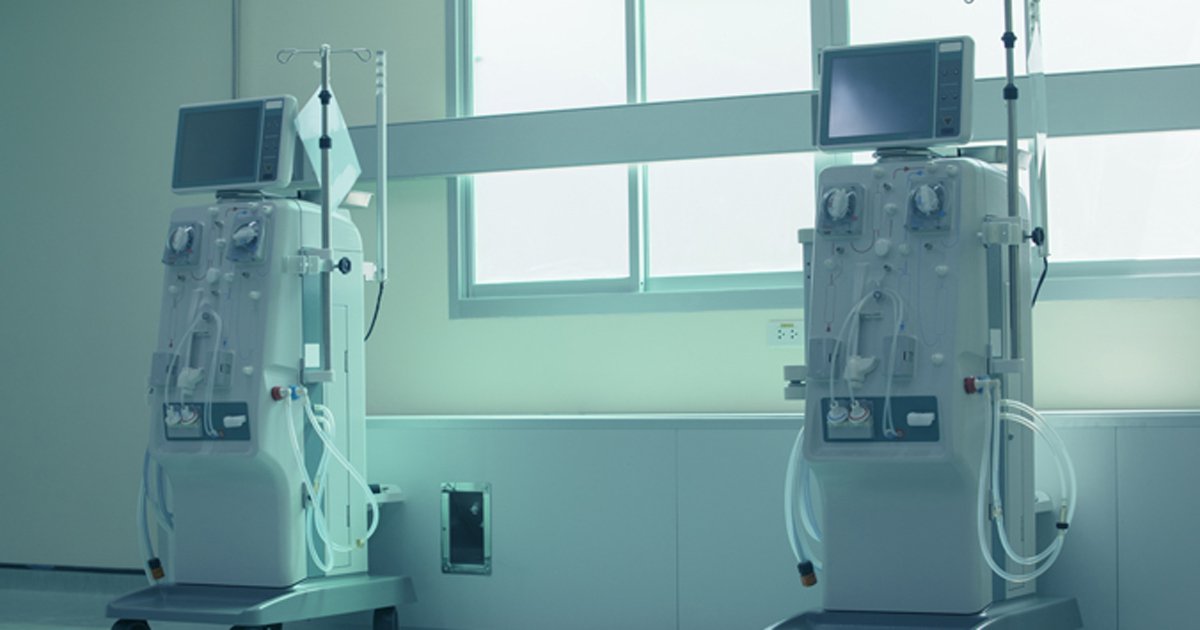Portable hydration sensor effective for fluid management of patients on dialysis
A portable nuclear magnetic resonance sensor was effective for the fluid management of patients on dialysis, accurately identifying fluid overload before it would be detectable by physical exam, according to a recently published study.
“The gold standard [for monitoring fluid status] includes a combination of subjective measurements, such as estimating the degree of lower extremity edema through palpation, and measurements subject to confounding, such as weight change,” Lina A. Colucci, PhD, of the Massachusetts Institute of Technology, and colleagues wrote. “Nephrologists need better methods to monitor the volume status of their patients and better inform their dialysis prescriptions. Nuclear magnetic resonance (NMR) relaxometry provides a direct, non-invasive measurement of fluid volume and its environment. Portable NMR sensors can perform the same quantitative measurements as MRI scanners while also being convenient for routine use.”
To test the effectiveness of a portable, non-imaging, single-sided NMR sensor, researchers recruited seven patients with ESRD undergoing hemodialysis three times a week and seven healthy controls. All participants had MRI scans — as well as measurements of standing weight, blood work, T2 relaxation measurements of the lower leg and bioimpedance measurements of the whole body — at the beginning and end of the study day. In between the scans and measurements, those with ESRD received their regular hemodialysis treatment (3 to 4 hours in a hospital bed), while the controls reclined in a similar position in a hospital bed for 4 hours.
Researchers found the sensor was able to provide a variety of quantitative diagnostic measurements regarding fluid status. Specifically, a decrease in expanded muscle extracellular fluid space — the first sign of fluid overload and a sign that is undetectable at this early stage by physical exam — was detected by the NMR sensor. Findings were validated by the MRI measurements and compared with an FDA-approved bioimpedance device.

“Quantitative relaxometry — through both traditional MRI and non-imaging NMR sensors — can provide data about a patient’s fluid status,” the researchers wrote. “Recruiting dialysis patients allowed the study of a hypervolemic population that became less hypervolemic at the end of the study, thereby allowing for paired analyses of the same person at two distinct fluid levels. Even with our small sample size, we were able to differentiate between subjects who were euvolemic or had varying degrees of volume overload. Importantly, none of the subjects displayed clinical signs of volume overload on physical exam. Relaxometry metrics may be able to detect fluid overload before traditional clinical exam, which is the principle test used by physicians today.
Our findings suggest that bedside NMR measurements may be a safe, non-invasive method to identify fluid overload and, therefore, inform therapy in ESRD patients and potentially other populations (eg, titrate diuretics in heart failure) to attain euvolemia with greater clinical efficacy.” – by Melissa J. Webb
Disclosures: Colucci reports being an investor on a patent filed by MIT for the use of magnetic resonance in hydration monitoring. Please see the study for all other authors’ relevant financial disclosures.
